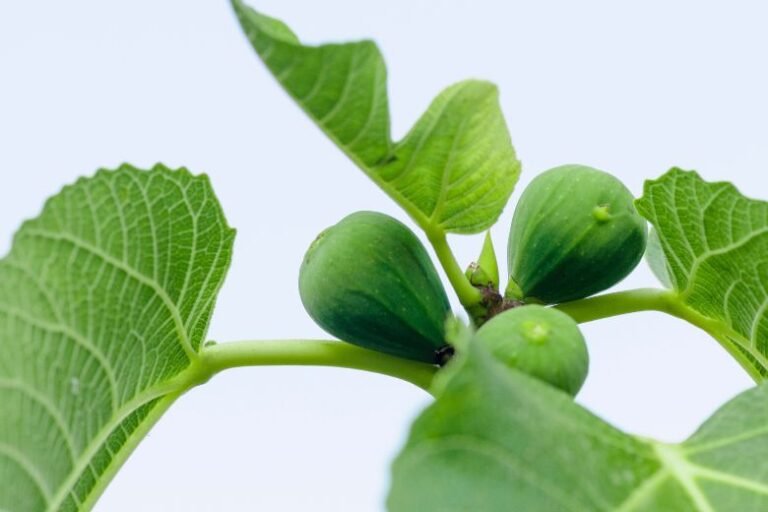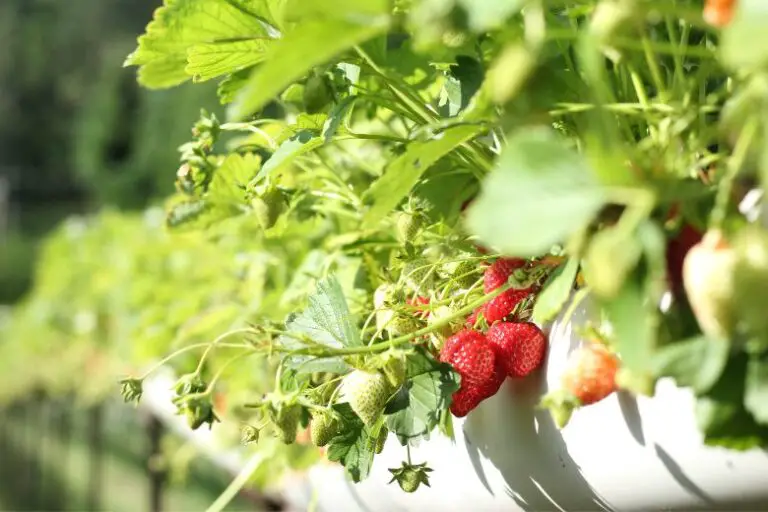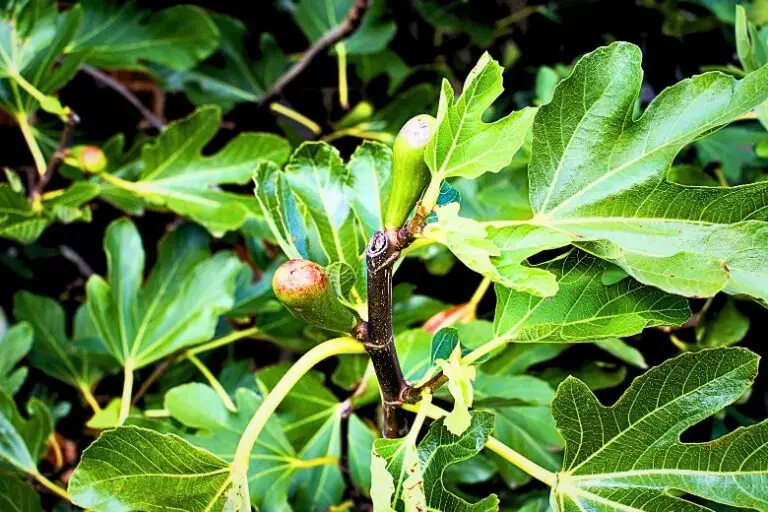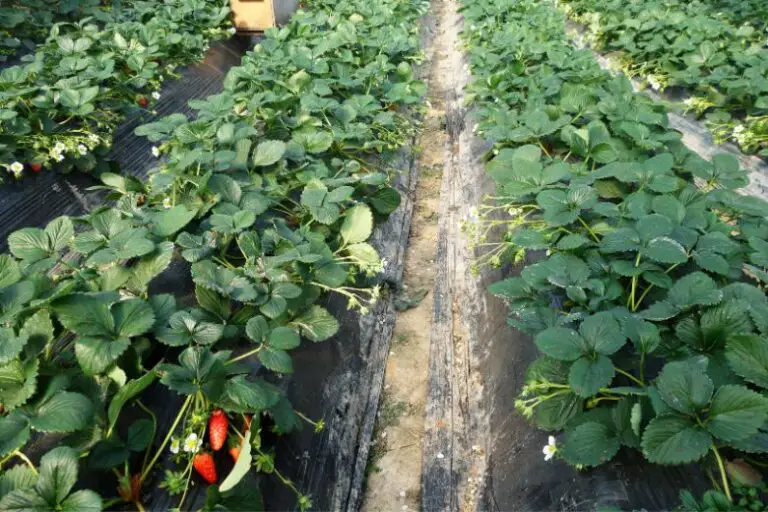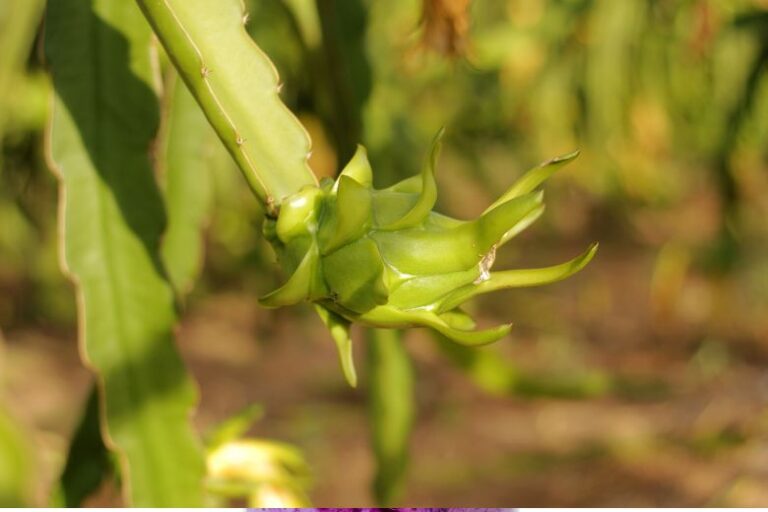How Long Does an Apple Tree Take to Grow Fruit?
Apple trees are not only beautiful additions to any garden but also bear one of nature’s most delicious fruits. The journey from planting an apple tree to enjoying its ripe, juicy apples is a fascinating process that requires time and patience.
Apple trees have captivated humans for centuries with their sweet and tangy fruits. Whether you’re an avid gardener or simply curious about the growth process of these fruit-bearing trees, understanding how long it takes for an apple tree to produce fruit can provide valuable insights.
In this article, we will explore the stages of apple tree growth, factors that influence fruit development, and the approximate time it takes for an apple tree to bear fruit.
Apple Tree Growth Stages
To comprehend the time it takes for an apple tree to grow fruit, let’s delve into the various growth stages an apple tree goes through.
Germination
The journey of an apple tree begins with a small seed. During germination, the seed absorbs moisture, and with the right environmental conditions, it sprouts a tiny root, known as a radicle. This root will anchor the future apple tree into the ground.
Seedling Stage
In the seedling stage, the apple tree develops its first leaves, known as cotyledons. These leaves provide nourishment to the young plant as it grows and prepares to establish a more robust root system.
Young Tree Stage
As the apple tree continues to grow, it enters the young tree stage. During this phase, the tree focuses on developing its height, branches, and a strong stem. It is essential to provide proper care and support to ensure the tree’s healthy growth.
Mature Tree Stage
After several years of growth, the apple tree reaches the mature tree stage. At this point, the tree has a well-established root system and a sturdy trunk. It is now ready to transition into the reproductive phase.
Flowering Stage
During the flowering stage, the apple tree produces beautiful blossoms, signaling the beginning of fruit development. The process of flower formation, pollination, and fertilization is crucial for the tree to bear fruit.
Fruit Development Stage
In the final stage of an apple tree’s growth, the flowers transform into tiny, developing fruits. These fruits grow and mature over time, becoming the delicious apples we enjoy.
Factors Affecting Fruit Development
Several factors influence the time it takes for an apple tree to grow fruit. Let’s explore these factors in more detail.
Apple Tree Variety
Different apple tree varieties have varying maturity periods. Some apple trees may start producing fruit within a few years, while others may take significantly longer. It’s important to select the right variety based on your preferences and expectations.
Climate and Weather Conditions
Climate and weather conditions play a crucial role in an apple tree’s growth and fruit development. Apple trees require a certain number of chilling hours during winter to break their dormancy. Additionally, they thrive in regions with moderate temperatures and suitable rainfall patterns.
Soil Quality and Nutrients
The quality of the soil and the availability of essential nutrients directly impact an apple tree’s growth and fruit production. Well-draining soil with adequate organic matter and a balanced supply of nutrients is vital for healthy tree development.
Pollination and Fertilization
Pollination is a critical step in the fruit development process. Apple trees require cross-pollination with other compatible apple tree varieties for optimal fruit set. Bees and other pollinators play a vital role in transferring pollen from one flower to another.
Pest and Disease Management
Pest and disease management is essential to protect apple trees from potential harm. Regular monitoring, appropriate pest control measures, and disease prevention strategies help ensure the tree’s overall health and fruit quality.
Germination: The Beginning of an Apple Tree’s Journey
The germination stage marks the start of an apple tree’s remarkable journey toward fruit production. Let’s explore this stage in more detail.
The Role of Seeds
Apple tree seeds contain all the genetic material required for tree development and fruit production. Each seed holds the potential to grow into a unique apple tree with specific characteristics.
Germination Process
When the apple tree seed is exposed to moisture and favorable conditions, it absorbs water and swells. This triggers the germination process, leading to the emergence of the tiny root, or radicle, from the seed.
Seedling Emergence
As the radicle emerges from the seed, it develops into the primary root of the seedling. Simultaneously, the cotyledons, or embryonic leaves, emerge above the ground. These cotyledons provide nutrients to the young seedling until true leaves develop.
Seedling Stage: Laying the Foundation
In the seedling stage, the apple tree focuses on establishing a robust foundation for future growth. Let’s explore the key aspects of this stage.
Growth of the Root System
During the seedling stage, the apple tree invests significant energy into developing a strong and extensive root system. The root system provides stability to the tree and enables it to absorb water and nutrients from the soil.
Development of the First Leaves
As the seedling continues to grow, the cotyledons are replaced by true leaves. These leaves increase the tree’s photosynthetic capacity, allowing it to produce its food through sunlight absorption.
Establishing a Strong Stem
Alongside root and leaf development, the seedling works on strengthening its stem. A sturdy stem enables the tree to withstand environmental stresses and supports future branch growth.
Young Tree Stage: Growing Stronger
In the young tree stage, the apple tree experiences significant growth and prepares itself for future challenges. Let’s explore the notable characteristics of this stage.
Height and Branch Development
During this stage, the apple tree’s primary focus is vertical growth. The tree increases in height and develops lateral branches that will form the framework for future fruit-bearing branches.
Building Resilience
As the young tree grows taller, it also builds resilience against various environmental factors. It strengthens its bark and develops mechanisms to protect itself from pests, diseases, and unfavorable weather conditions.
Pruning and Training
Pruning and training techniques play a vital role in shaping the young apple tree. Proper pruning helps maintain an open canopy, allows light penetration, and enhances air circulation, which contributes to overall tree health.
Mature Tree Stage: Ready for Flowering
Once an apple tree reaches the mature tree stage, it prepares itself for the reproductive phase. Let’s explore the characteristics of this stage.
Canopy Expansion
During this stage, the apple tree’s canopy expands and becomes more dense. The increased leaf surface area enables the tree to maximize its photosynthetic potential and energy production.
Trunk Thickness and Strength
The trunk of a mature apple tree becomes thicker and stronger, providing structural support to the expanding canopy. A sturdy trunk is essential for the tree’s long-term stability and resilience.
Preparing for Reproduction
As the tree matures, it allocates resources towards flower bud development and the production of reproductive structures. These flower buds will eventually lead to the formation of fruits.
Flowering Stage: A Beautiful Transformation
The flowering stage is a visually captivating phase of an apple tree’s growth. Let’s delve into the details of this transformation.
Floral Buds Formation
Apple trees produce floral buds in preparation for pollination and fruit development. These buds contain all the necessary structures for successful reproduction.
Pollination Process
During the flowering stage, apple trees rely on pollinators, primarily bees, to transfer pollen from the male reproductive parts (stamens) to the female parts (pistils) of the flowers. Successful pollination is essential for fruit set.
Formation of Fruiting Spurs
After successful pollination, the fertilized flowers develop into fruiting spurs. These spurs serve as the sites for future fruit growth and are capable of producing apples for several years.
Fruit Development Stage: From Blossom to Apple
The fruit development stage is the culmination of the apple tree’s growth journey. Let’s explore the process by which blossoms transform into fully grown apples.
Apple Formation
After successful pollination and fertilization, the ovules within the flowers develop into small fruits known as “young apples.” These young apples grow in size and undergo various physiological changes as they mature.
Growth and Maturation Process
As the young apples continue to grow, they undergo cell division and expansion. Over time, the apples accumulate starches, sugars, and organic acids, developing the characteristic flavors and textures associated with different apple varieties.
Factors Affecting Fruit Quality
Several factors influence the quality of the apples produced by an apple tree. These include the tree’s overall health, the availability of water and nutrients, pollination success, and environmental conditions throughout the fruit development stage.
Factors Affecting Fruit Development in Detail
To understand the time it takes for an apple tree to grow fruit, we must consider various factors that influence the process. Let’s explore these factors in more detail.
Apple Tree Variety: Different Maturity Periods
Different apple tree varieties have varying maturity periods. Some varieties are known as early season apples, which can produce fruit within two to three years after planting. Others are mid-season or late-season varieties, requiring several more years to bear fruit.
Climate and Weather Conditions: Chilling Hours and Temperature Requirements
Apple trees require a certain number of chilling hours during winter to break their dormancy and initiate bud development. The exact chilling requirements vary among different apple tree varieties. Additionally, moderate temperatures, adequate sunlight, and suitable rainfall patterns throughout the growing season promote optimal fruit development.
Soil Quality and Nutrients: Nourishing the Tree
Healthy soil with appropriate nutrient content is crucial for an apple tree’s growth and fruit production. The tree requires a balanced supply of macronutrients (such as nitrogen, phosphorus, and potassium) and micronutrients (such as iron, zinc, and manganese) to thrive. Soil with good drainage, adequate organic matter, and a suitable pH level promotes optimal nutrient uptake.
Pollination and Fertilization: The Role of Bees and Cross-Pollination
Apple trees are not self-pollinating, meaning they require cross-pollination with other compatible apple tree varieties. Bees and other pollinators play a vital role in transferring pollen from the stamens of one apple tree’s flowers to the pistils of another tree’s flowers. Adequate pollination is necessary for the successful development of fruit.
Pest and Disease Management: Protecting the Tree from Harm
Pests and diseases can significantly impact an apple tree’s health and fruit production. Regular monitoring, appropriate pest control measures, and disease prevention strategies are essential to safeguard the tree from potential harm. Healthy trees are more likely to produce high-quality fruit.
Patience is Key: The Time it Takes to Grow Fruit
As an apple tree owner, it’s important to have realistic expectations regarding the time it takes for an apple tree to grow fruit. While specific timelines may vary depending on factors such as variety and environmental conditions, the following provides a general understanding.
Typical Timeline for Apple Tree Fruiting
Most apple trees begin to bear fruit within three to five years after planting. However, some early-maturing varieties may produce fruit as early as two to three years. It’s important to note that the first few years are focused on the tree’s growth and establishment, with fruit production gradually increasing over time.
Variations Based on Apple Tree Variety
As previously mentioned, different apple tree varieties have different maturity periods. Some varieties may take longer to bear fruit, while others may yield fruit relatively quickly. When selecting apple tree varieties, consider both your preference for specific apple characteristics and the expected maturity period.
Environmental Factors and Their Impact
The environment plays a significant role in an apple tree’s growth and fruit development. Factors such as temperature, sunlight exposure, rainfall patterns, and soil conditions influence the tree’s overall health and fruit production. Optimal environmental conditions promote faster and more abundant fruiting.
Pruning and Cultivation Techniques
Pruning and cultivation techniques can also affect an apple tree’s fruiting timeline. Proper pruning helps maintain an open canopy, ensures adequate light penetration, and promotes air circulation, which can positively impact fruit development. Following recommended cultivation practices can optimize the tree’s growth and fruiting potential.
FAQs
Can I grow an apple tree from a seed?
Growing an apple tree from a seed is possible, but keep in mind that the resulting tree may not produce fruits identical to the parent tree. It’s often better to grow apple trees from grafted or budded nursery stock to ensure consistent fruit quality and characteristics.
How often should I water my apple tree?
Apple trees generally require regular watering, especially during dry spells or when newly planted. Provide deep watering once or twice a week, ensuring the soil is moist but not waterlogged. Adjust watering frequency based on weather conditions and the tree’s specific needs.
Do apple trees require a lot of sunlight?
Yes, apple trees thrive in full sunlight, ideally receiving at least six to eight hours of direct sunlight each day. Sufficient sunlight is crucial for photosynthesis, fruit development, and overall tree health.
How do I protect my apple tree from pests and diseases?
Regular monitoring, proper sanitation, and integrated pest management (IPM) techniques are essential for pest and disease management. This includes techniques such as using insecticidal soaps, horticultural oils, and organic pesticides when necessary. Consult local gardening resources or experts for guidance specific to your region.
When is the best time to harvest apples?
The optimal time to harvest apples depends on the variety and its intended use. Apples destined for long storage are typically harvested when fully mature but not overripe. Apples for immediate consumption can be harvested when they reach their desired flavor and texture. Refer to specific apple variety guidelines for the best harvesting time.
Conclusion
Growing an apple tree and waiting for it to bear fruit is a rewarding experience that requires patience and care. Understanding the various growth stages of an apple tree, the factors that influence fruit development, and the approximate time it takes for an apple tree to produce fruit will help you manage your expectations and make informed decisions as a gardener or orchard owner.
By providing the necessary conditions, nutrients, and care, you can support your apple tree’s growth and optimize fruit production. So, plant your apple tree with enthusiasm and embark on the journey of witnessing the beauty and deliciousness of homegrown apples.


